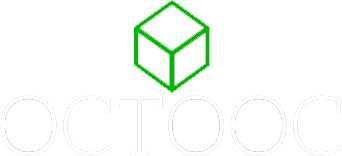At first, it might appear that psychology and computers are two separate fields. Psychologists study human behavior and mental health while computer scientists are involved in coding algorithms and developing software that can help people perform everyday tasks. In fact, these two fields have a lot in common on many levels. In fact some of the most exciting research being done in both fields is involving the fusion of computer science and psychology.
Computer science has made it much easier to conduct psychological research. For example FMRI scanners allow psychologists to determine which areas of the brain are active during specific actions or thoughts. Online questionnaires remove the biases inherent in paper-and-pencil surveys.
The collaboration between psychologists and computer scientists has changed the way we interact with technology. The Psychology of Human-Computer Interaction which was published in 1983 by three researchers from Xerox Palo Alto Research Center, Stuart Card, Thomas Moran and Allen Newell, was one of the most significant moments in the fusion.
It moved studies of how computers are used by people into the realm of computer science. This detached psychological techniques from their human context and forced psychologists to catch up. Psychometricians and other psychology branches that deal with numerical evaluations found the computer science method to be especially useful.
Now, psychologists are working with computer scientists in the development of AI that can better understand human behavior. Psychologists are helping to create ethical guidelines for algorithms that could predict the risk of depression based upon the social media activities of a person. Psychologists are using cognitive behavior therapy in virtual reality to treat anxiety disorders as well as other disorders.

 by WordPress
by WordPress